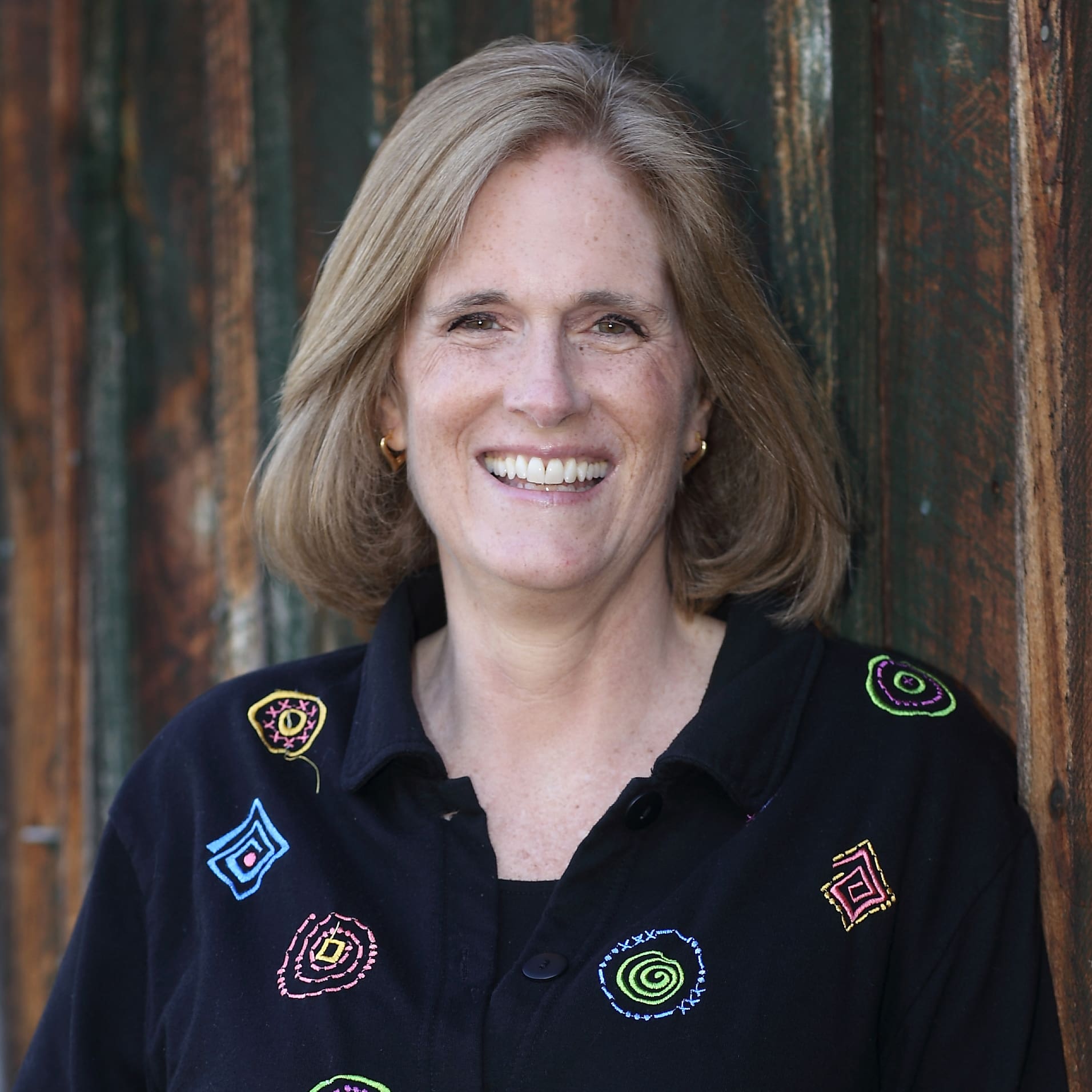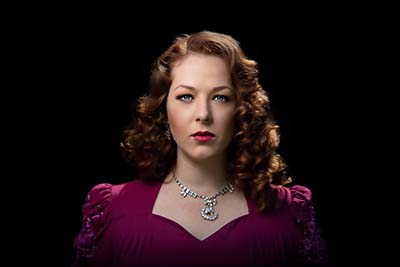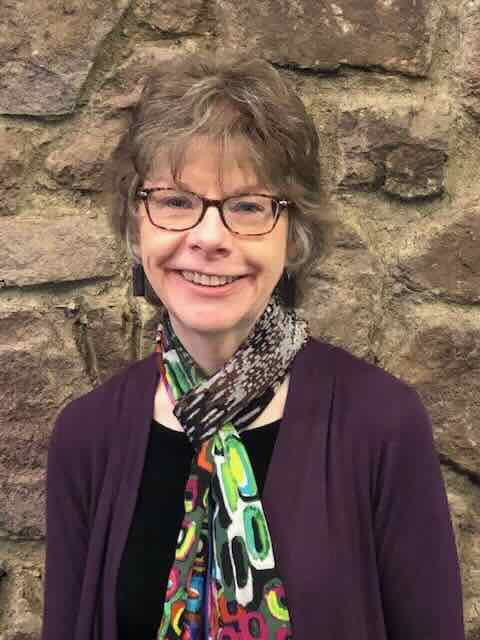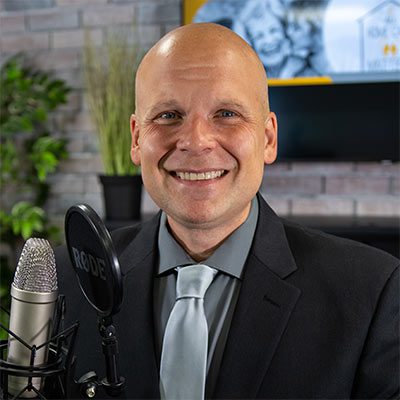Developing a Cooperative Relationship Between Nursing Facilities and Hospice
For many people, Nursing facilities have become their home. It is therefore reasonable that Hospice services be available in facilities. BUT care in a facility is not the same as care in the home. Here are some of the differences—and challenges.
Nursing facilities’ focus, by regulations, is to keep people alive. All the care is concentrated on living the best possible life under the circumstances. Yet, most people in nursing facilities are there because of health challenges or Aging that has made independent living unsafe. These people will die in the facility. I know that sounds harsh, but it is true. This is problematic because facilities are not trained in end of life. They are trained to keep life going.
Do you see where I am going with this? Nursing facilities and hospice go together but are also at odds with each other.
Here are my thoughts on developing a cooperative relationship between the facility, the patient and the patient’s family.
One hospice team is assigned to a specific facility. This team (nurse, home health aid, social worker, chaplain) becomes a set of familiar faces and provides consistency.
The team provides ongoing inservices to the entire facility staff. These inservices should include information on the signs of approaching death, end of life nutrition, what to do as death approaches, how to talk with family members, and when to begin hospice services.
When a hospice team member arrives, they should first check in with the staff. They should say their hellos, be friendly and talkative, and ask about patients. They should then check the medical records of the patients to be seen and read the notes since the last visit. Ask about the patient’s family, their visits, and their concerns. Finally, the hospice team member can see the patient. Sit by the bed, use gentle touch if it is appropriate, begin talking about the day, and ask how they are doing and feeling. Become a friend as well as a professional, all the while assessing.
The team member will chart the visit and report their assessment to the staff nurse before leaving.
Call, that day, the patient’s primary family contact and report your visit and assessment. The family is as much your responsibility as the patient.
To summarize:
* Have the same hospice team for each individual facility.
* Provide inservice to the facility staff on a regular basis. Be part of new employee orientation.
* Make yourself known among the staff. You want them to know you, and to trust you and your knowledge.
* On a routine patient visit: First talk with the staff, get an update on the patient’s condition, progress, and activity. Check the patient’s chart. Then spend time with the patient. Sit, assess, visit. Return to nursing staff and report your assessment, answer questions. Contact the primary family member and report your assessment.
Consider the nursing facility as part of the hospice team, but also as family. They are as much caregivers as the family is in a private home. They have feelings, attachments, and concerns. They are part of our hospice care also.
Something More… about Developing a Cooperative Relationship Between Nursing facilities and Hospice
Nursing facilities reached out to me to train their staff on the signs of approaching death. So I made a series of courses on End of Life Care with Home Care Pulse that I am very proud of. Individuals may take my course as well as whole agencies. The response has been lovely. If you are interested in the course, here’s the link: Barbara’s HCP Course.
Originally Published on https://bkbooks.com/blogs/something-to-think-about
























